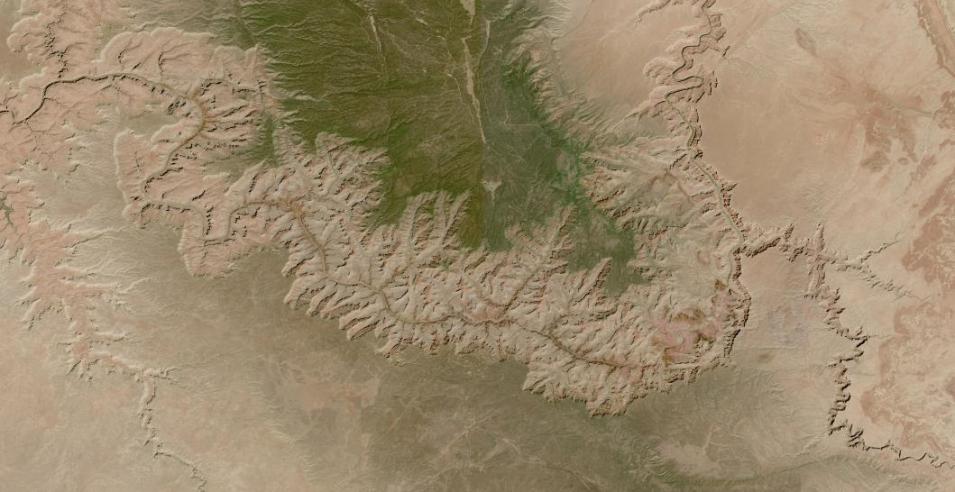The completion of historical processing of the Harmonized Landsat and Sentinel-2 (HLS) S30 data product provides a continuous archive of Sentinel-acquired HLS data and imagery dating back to 2015. Combining the S30 data with previously back-processed HLS Landsat-acquired (L30) data (which was accomplished in May 2022) creates a continuous HLS data and imagery archive from 2013 to present.
The S30 back processing was carried out between March and June 2023. The effort was managed by the HLS team within NASA's Interagency Implementation and Advanced Concepts Team (IMPACT) with support from staff at NASA's Land Processes Distributed Active Archive Center (LP DAAC) and NASA's Global Imagery Browse Services (GIBS). This back-processing effort added about 1.5 petabytes (PB) of data to the HLS archive.
“The completion of historical processing increases the density of time-series analyses using HLS products,” says John Mandel, a NASA IMPACT HLS applications data manager. “This enables users to better understand the land surface and monitor change at a higher frequency.”

